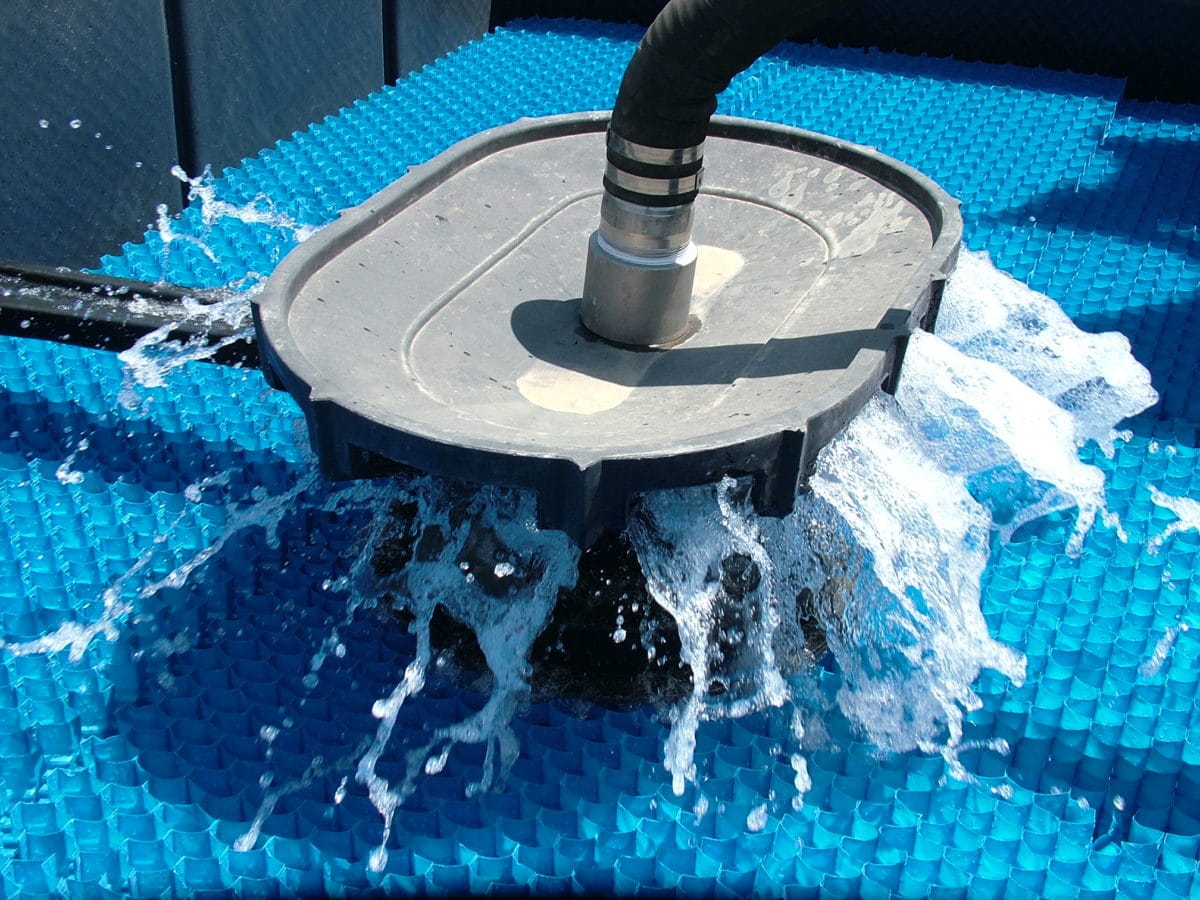Bio-Microbics devises water treatment systems in use around the globe.
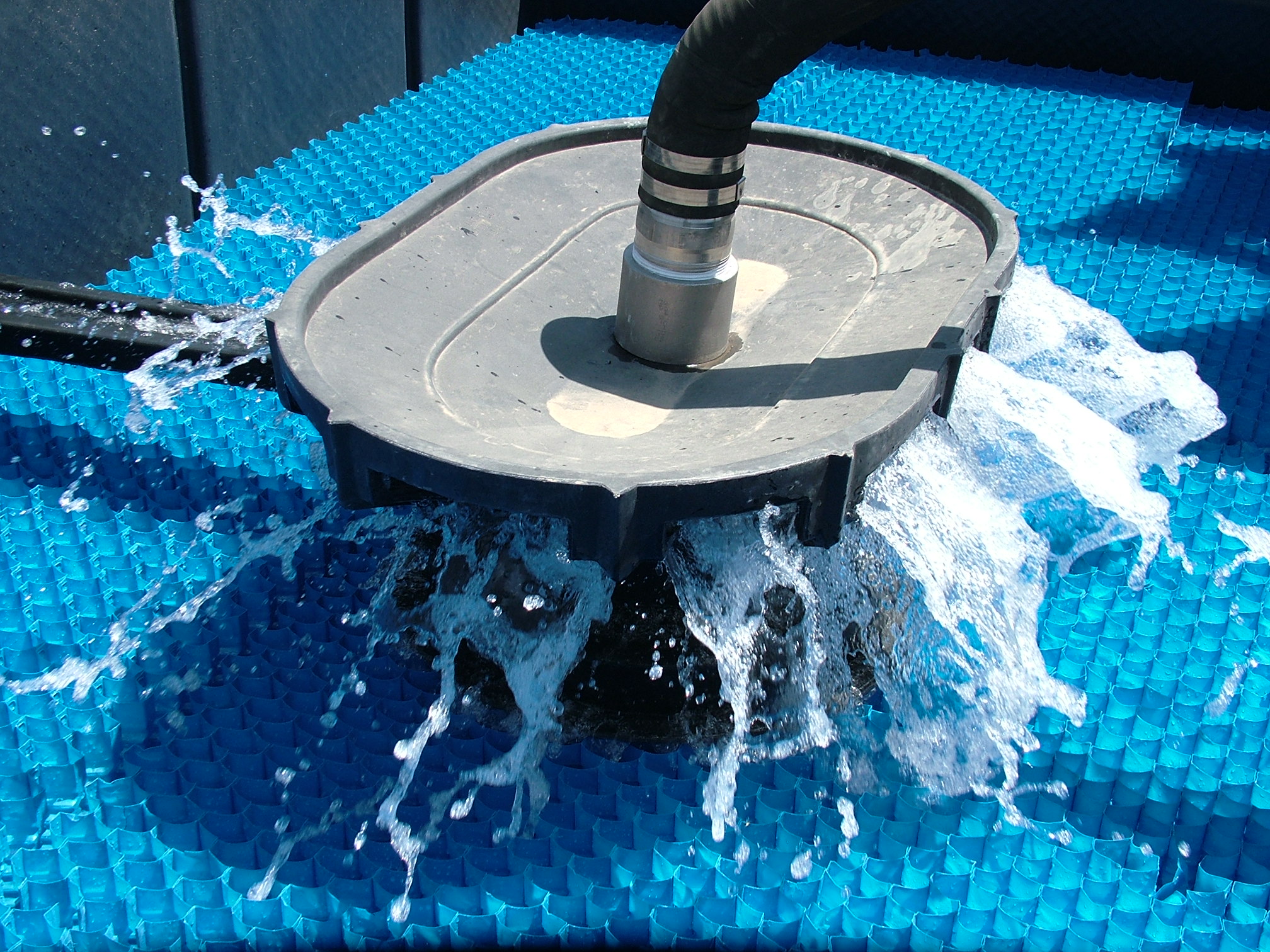
Bio-Microbics is leading the way when it comes to sustainable water management. [Photo: Courtesy of Bio-Microbics]
With global population projected to increase from 7.6 billion today to 8.6 billion by 2030—a 13% rise in a dozen years—it surprises no one that the demand for water will increase proportionally. We don’t have enough now as it is: About two-thirds of the world’s populations live in regions of water scarcity at least one month each year, according to a study out of the Netherlands (“Four billion people facing severe water scarcity,” Hoekstra and Mekonnen, University of Twente, February 2016).
Indeed, water for drinking, agriculture, sanitation, and energy production are essential to modern civilization. These problems are most heavily represented in India and China, but also have a material effect on California and Texas, conflict regions such as Syria and Yemen, and some of the most populated cities outside of Asia, including Mexico City, Sao Paulo, and Karachi.
Still, the history of humankind shows that previous water shortages were met with human innovation. Technology writer George Dyson (“Darwin Among the Machines”) ranks indoor plumbing and filtration systems to provide potable water among the top five inventions that enabled civilizations.
As civilizations change, so too must our water systems. Among the contemporary innovators is Shawnee, Kansas–based Bio-Microbics, a developer and manufacturer of sustainable water management systems. Its founder and president, Robert Rebori, makes clear there is a lot of water out there. The problem is we’re throwing it away.
“We should pay for our water once,” says the well-traveled industrialist and businessman. “Today, most municipalities treat it and use it, then put it back in the river. Then they have to retrieve it again.” In effect, those waterways—where treated wastewater gets dumped—are an unnecessary middleman.
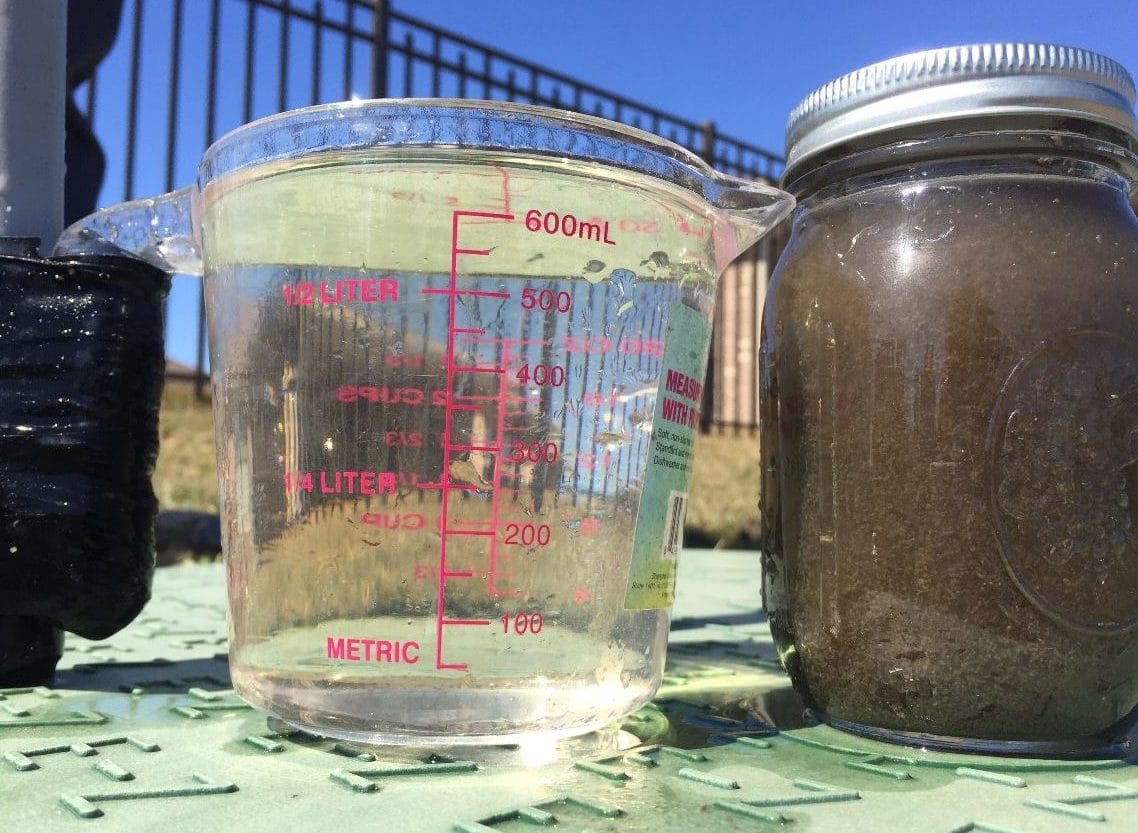
The sample is on the right and the final discharge is on the left. [Photo: Courtesy of Bio-Microbics]
The Future of Wastewater
Rebori has extensive experience with this. The company has installed more than 60,000 wastewater treatment systems in 70 countries. Some of those systems cut out the intermediary, the rivers and lakes, by doing closed-loop recycling of greywater (e.g., water used in showers and washing machines) and even blackwater (toilet waste).
Some call it net-zero water use. And almost everyone thinks it’s icky. But the city-state of Singapore reuses more than half its greywater and blackwater, more or less because it has to. With no natural groundwater and large-scale desalinization being impractical (converting saltwater to freshwater is the most expensive and energy-intensive means to extract potable water), Singaporeans experienced a gradual stepping up of water reuse that started in 2002, increasing a bit more in subsequent years. Singaporeans now have an environmentally responsible water source that isn’t dependent on neighboring countries.
But Rebori cautions some paradigm shifts are in order for modern, sustainable water treatment to provide a favorable impact. The first of these is decentralization. That means fewer systems and fewer pipes and pumps to push wastewater to a centralized treatment plant. The future might be advanced treatment technologies—what Bio-Microbics makes—at your office, your mall, the high-rise condo building nearby, your cruise ship, or even your backyard.
Each of these from the company’s credo: the solution has to be simple, robust, and low cost.
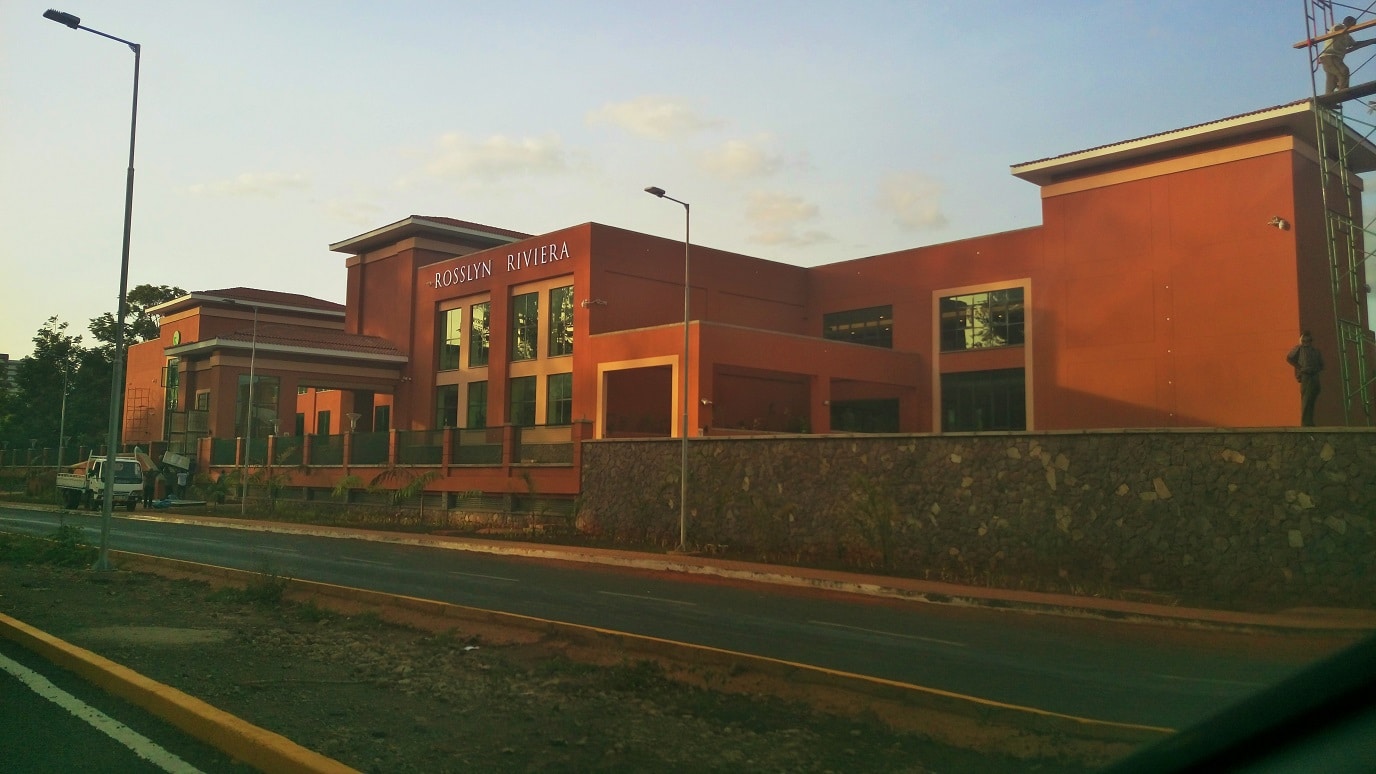
Bio-Microbics provided water treatment solutions at Rosslyn Riviera Mall in Kenya. [Photo: Courtesy of Bio-Microbics]
Solutions in Action
Where are these technologies being implemented today? Rebori cites the examples of shopping malls and seaside resorts. “We worked on the Rosslyn Riviera Mall in Kenya,” he says. “The waste is more than just what comes from toilets. It has food courts and a food market, all of which create high strength waste.
“Resort hotels have all the waste that is typical of a residential area, with more laundry and a lot of food and sugary alcohol [sugar concentrations are particularly problematic in effluent],” he continues. “Yet, you want to keep the water clean and very often that water is from desalinization.” In other words, the Caribbean Sea is a pretty expensive middleman if the water isn’t reused.
Reza Shams, vice president of advanced process technology for the company—who finds ways to use the company’s allocation of 5% of annual revenues to conduct research and development—talks about a situation closer to home, in America’s heartland. “In reality all natural bodies of water have some sewage in them,” he says. “There are 102 cities that put their outflow into the Kansas River before it reaches Lawrence, Kansas.”
That’s probably not in the brochure sent to prospective students looking at the University of Kansas in Lawrence. But ignoring the problem and depending on legacy systems is a widespread phenomenon. Rebori says it takes a lot of work to convince public administrators to try new technologies. “Millennials will change this,” he says.
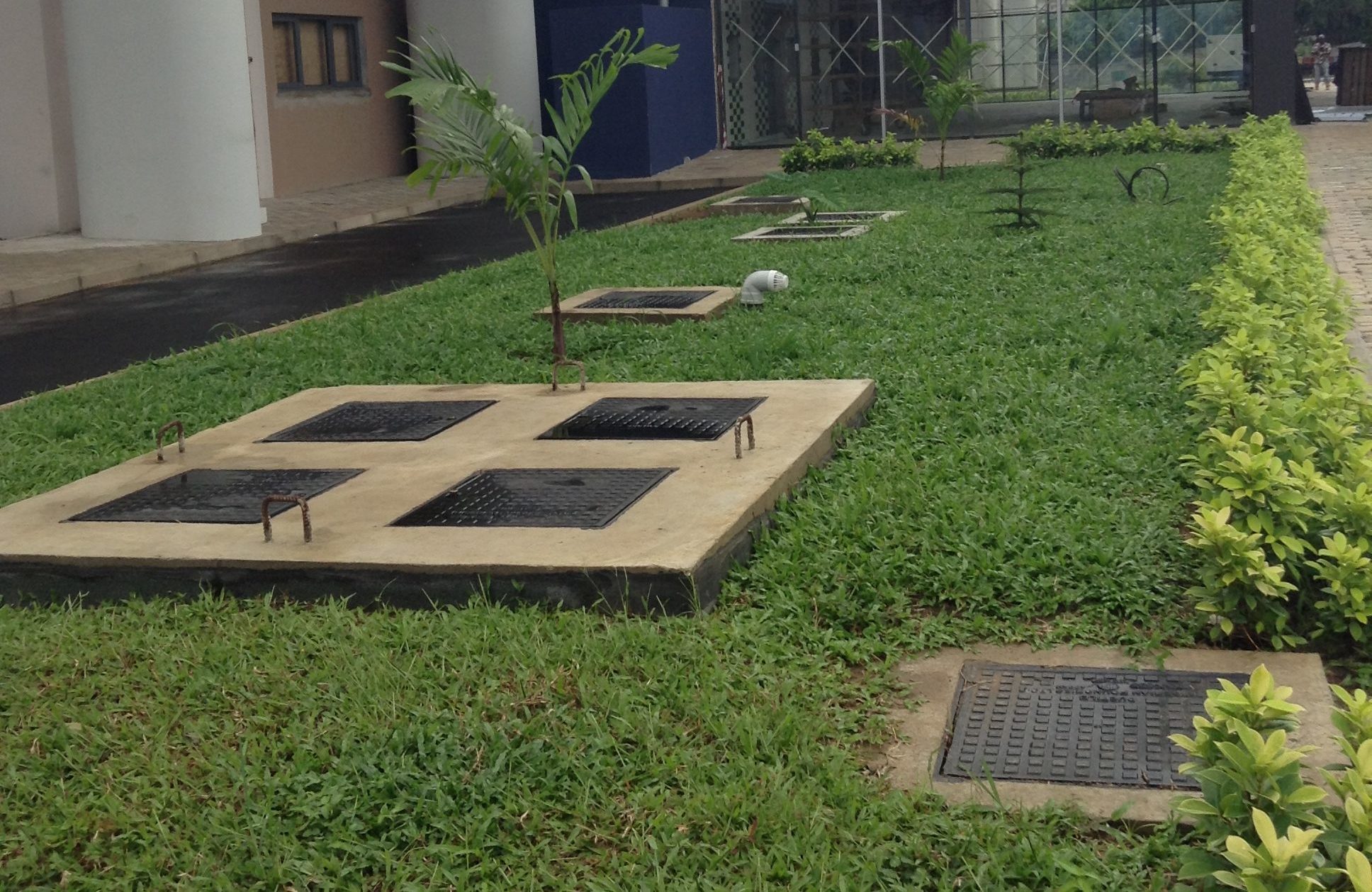
[Photo: Courtesy of Bio-Microbics]
New Technology
Some of those millennials might be alumni of the University of Miami (Florida), where a small dormitory served as a test site for a net-zero water treatment system that incorporates onsite biological, iron-mediated aeration, and vacuum ultrafiltration. This technology, developed by Bio-Microbics, uses less energy than a more traditional membrane treatment. The system also incorporates real-time risk detection mechanisms to monitor water quality. While drinking water is still sourced from the city system, all other water is recycled or from a rainwater collection cistern that is also treated.
A lot of energy is saved when water is cleaned and reused in place. The principal investigator on the UM project, James Englehardt, says the conveyance of water—from plants to users, and from users to wastewater treatment—uses four times as much energy as with the treatment itself. Treatment onsite makes a lot of sense.
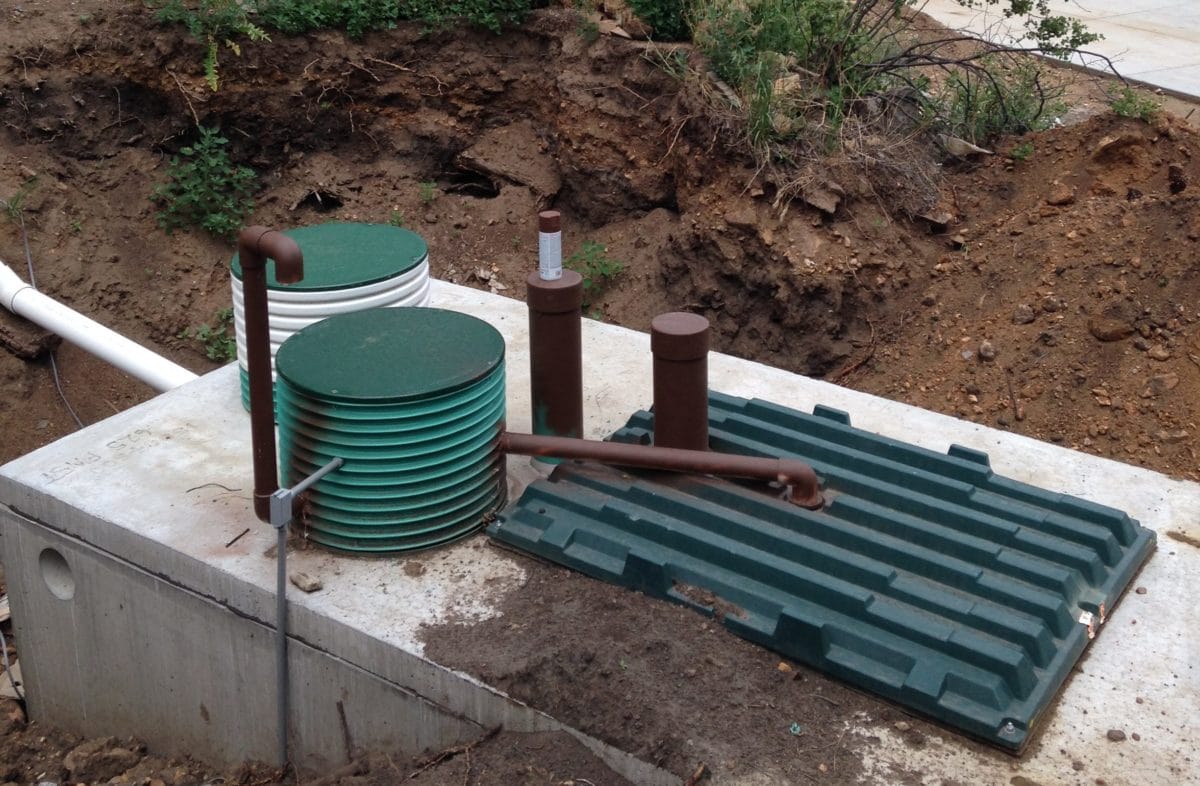
[Photo: Courtesy of Bio-Microbics]
In fact, it is energy savings as much as water conservation that is driving the market for Bio-Microbics’ marine wastewater treatment systems. Jim Bell, the company’s executive vice president who oversees engineering, says water reuse onboard ships has always been possible. In fact, that is how the FAST® technology got its start in 1969. “Vessels are always moving, they have limited space onboard, and EPA regulations disallow waste dumping.” He echoes Rebori’s criteria for devising modern treatment systems: Making marine sanitation devices that are simple and robust is evident in their work to serve this market, which ranges from workboats and research vessels to larger ocean-going commercial ships and cruise/ferry lines—not to mention luxury yachts and offshore platforms.
With four types of wastewater treatment technologies available, the company’s largest markets exist in commercial systems, multi-family developments, and residential (single-family) alternatives to conventional septic systems. The globe’s populations may be urbanizing, but populations will also sprawl in such places as Siberia, predicts Rebori; the company won a technology leadership award in 2017 for its work in sustainable development of rural community water treatment systems. Meanwhile, huge urban centers like Mexico City will more likely engage the company’s onsite treatment systems one or two buildings at a time. The driver is better economics and faster implementation.
“When the costs are reasonable, everyone wants to be green,” Rebori says. “Water reuse is pragmatic. There is so much upside for this worldwide.”
Read more about Bio-Microbics and catch up on more gb&d water management stories.

